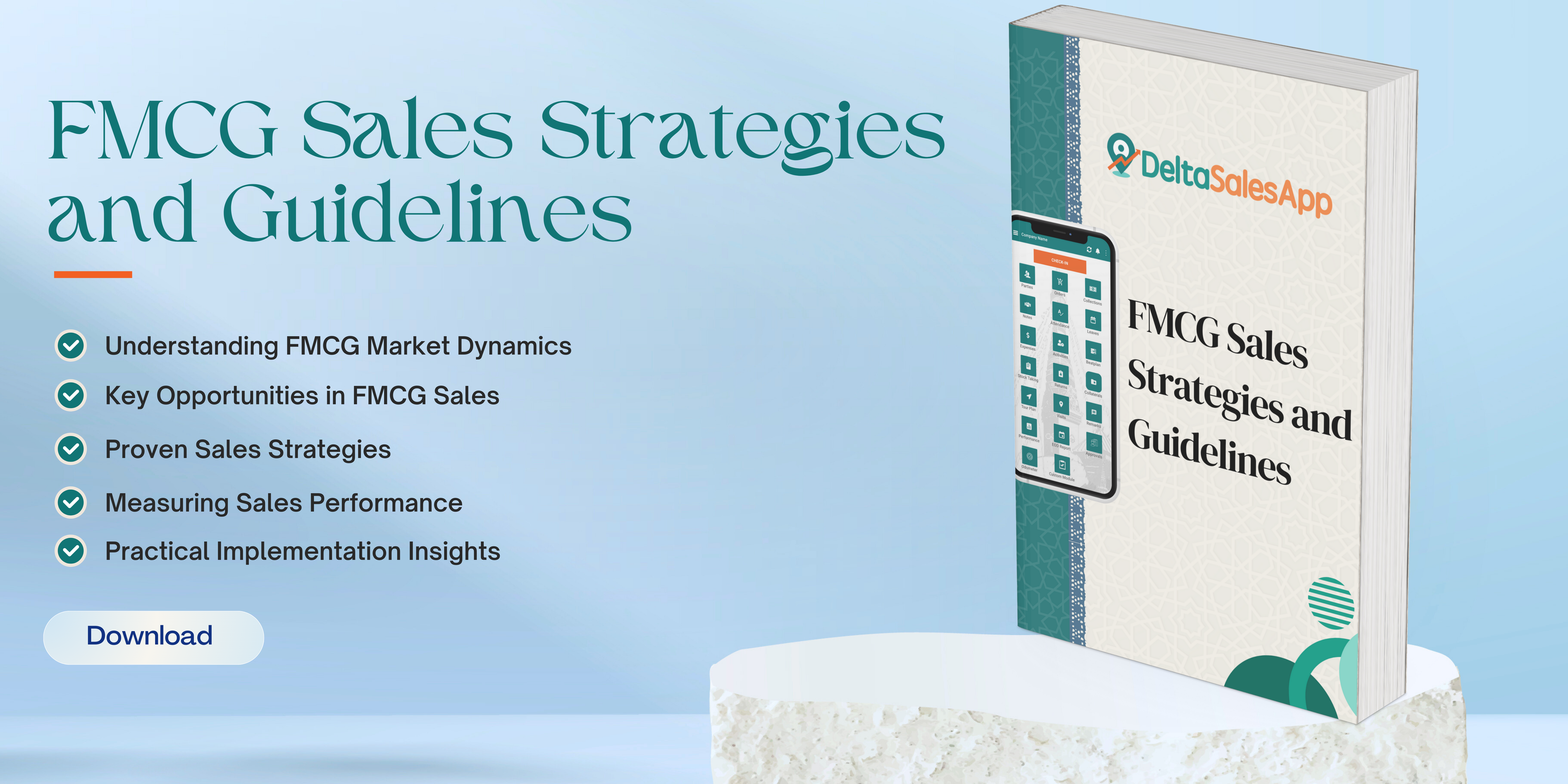Trade Spend
What is Trade spend ?
Trade spend refers to the financial investment that companies, particularly in the consumer-packaged goods (CPG) sector, allocate towards promotional activities to boost sales, enhance brand visibility, and build stronger relationships with retailers. This spending includes discounts, rebates, promotional pricing, in-store displays, and other incentives aimed at encouraging retailers and distributors to prioritize a brand’s products. Managing trade spend effectively is crucial for optimizing profitability and ensuring a strong return on investment (ROI).
Components of Trade Spend
Trade spend can be categorized into several key areas:
Discounts and Promotions – These include temporary price reductions, coupons, and buy-one-get-one (BOGO) offers that attract consumers and drive sales.
Slotting Fees – Many retailers charge brands for shelf space to place products in high-traffic areas, such as end caps and checkout counters.
Co-op Advertising – Manufacturers may contribute funds to retailers for advertising and marketing campaigns, including digital and print media.
Trade Allowances – These are incentives offered to retailers for stocking a brand’s product, such as volume-based discounts or performance-based rewards.
In-Store Displays and Merchandising – Investment in customized product displays, sampling programs, and in-store demonstrations enhances product visibility and encourages impulse buying.
Retailer Chargebacks and Fees – Retailers may impose fees for logistics, late deliveries, or non-compliance with specific stocking requirements.
Importance of Trade Spend
Trade spend plays a critical role in driving sales, increasing market share, and improving customer loyalty. Some of the primary benefits include:
Boosting Short-Term Sales – Promotions and discounts can increase consumer purchases and improve revenue streams.
Enhancing Brand Visibility – Placing products in prominent store locations or featuring them in advertisements helps build brand recognition.
Strengthening Retail Relationships – Offering incentives and promotions strengthens partnerships with retailers, ensuring better shelf positioning and support.
Encouraging Consumer Trial and Loyalty – Discounts and promotions attract new consumers who may later become loyal customers.
Challenges in Managing Trade Spend
Despite its benefits, trade spend management poses several challenges:
Lack of Visibility and Transparency – Many companies struggle to track and measure the effectiveness of trade spend due to fragmented data sources.
Inefficiencies and Waste – Poorly managed trade spend can lead to excessive discounts that erode margins without delivering proportional sales increases.
Retailer Demands and Pressure – Large retailers often demand higher trade spend contributions, making it difficult for smaller brands to compete.
Difficulty in Measuring ROI – Determining the direct impact of trade promotions on sales and profitability can be complex due to multiple influencing factors.
Best Practices for Effective Trade Spend Management
To maximize the effectiveness of trade spend and ensure a strong ROI, companies should consider the following best practices:
Leverage Data Analytics – Using predictive analytics and AI-powered tools can help companies gain insights into past promotions and optimize future trade spend decisions.
Implement Trade Promotion Management (TPM) Software – Advanced TPM solutions help streamline budgeting, tracking, and analyzing promotional activities.
Align Trade Spend with Business Goals – Ensure trade promotions align with broader business objectives, such as market expansion, brand positioning, and profitability.
Collaborate with Retail Partners – Working closely with retailers to design mutually beneficial promotions enhances efficiency and effectiveness.
Measure Performance Continuously – Regularly reviewing trade spend performance through key performance indicators (KPIs) like sales lift, margin impact, and consumer engagement helps refine strategies.
Eliminate Ineffective Promotions – Identifying and discontinuing trade promotions that do not deliver sufficient ROI can help optimize overall spending.
Conclusion
Trade spend is a critical investment for companies aiming to drive sales, improve brand visibility, and strengthen retailer relationships. However, managing trade spend effectively requires strategic planning, data-driven insights, and continuous performance measurement. By leveraging modern technology and best practices, businesses can optimize their trade spend investments and achieve sustainable growth in competitive markets.






